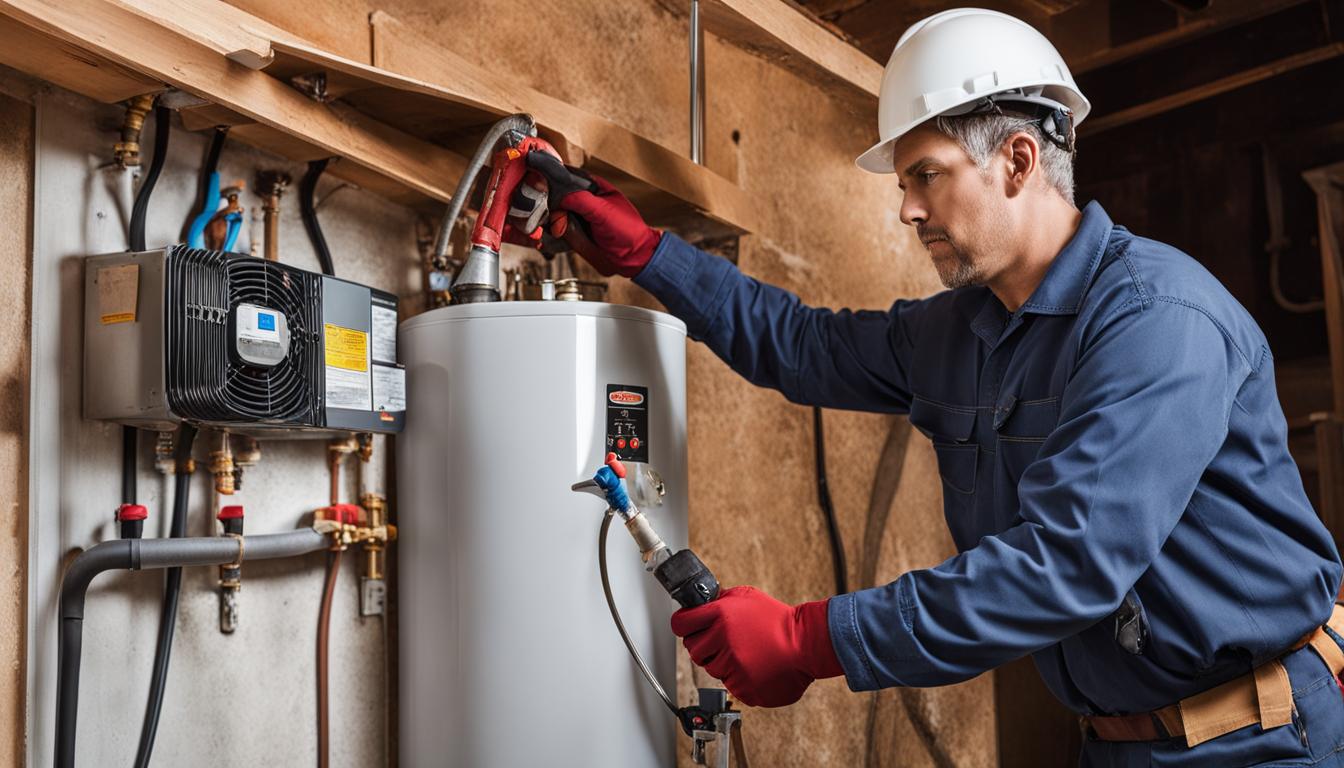What're your thoughts about How to Maintain Your Water Heater & Prolong its Life?

Hot water is necessary for daily comfort, whether it's for a revitalizing shower or washing meals. To ensure your warm water system runs successfully and lasts longer, routine upkeep is essential. This post provides functional pointers and insights on exactly how to keep your home's hot water system to prevent disturbances and pricey repairs.
Introduction
Preserving your home's warm water system might seem overwhelming, but with a few basic actions, you can ensure it operates efficiently for several years to come. This overview covers whatever from comprehending your warm water system to DIY maintenance ideas and recognizing when to call in expert assistance.
Relevance of Maintaining Your Hot Water System
Routine upkeep not just expands the lifespan of your warm water system but also ensures it runs effectively. Disregarding upkeep can lead to decreased effectiveness, higher power expenses, and also early failing of the system.
Indicators Your Hot Water System Needs Maintenance
Knowing when your hot water system needs interest can stop significant problems. Keep an eye out for indicators such as inconsistent water temperature, unusual noises from the heating unit, or rustic water.
Purging the Hot Water Heater
Purging your water heater removes sediment buildup, improving efficiency and prolonging its life.
Checking and Replacing Anode Rods
Anode rods prevent corrosion inside the tank. Inspecting and changing them when broken is critical.
Facility Concerns Calling For Expert Assistance
Examples include major leaks, electric troubles, or if your hot water heater is constantly underperforming.
Routine Professional Upkeep Conveniences
Specialist upkeep can include comprehensive inspections, tune-ups, and making certain conformity with security requirements.
Inspecting and Adjusting Temperature Level Setups
Changing the temperature setups makes sure ideal performance and safety.
Do It Yourself Tips for Maintenance
You can carry out several upkeep tasks yourself to maintain your warm water system in top problem.
Looking for Leaks
Regularly check pipes and connections for leakages, as these can cause water damage and greater expenses.
Comprehending Your Warm Water System
Prior to diving right into maintenance jobs, it's valuable to understand the standard elements of your hot water system. Commonly, this includes the hot water heater itself, pipelines, anode rods, and temperature level controls.
Regular Monthly Upkeep Tasks
Regular month-to-month checks can help capture minor concerns before they escalate.
Checking Stress Relief Valves
Testing the stress relief valve ensures it functions properly and prevents excessive stress buildup.
Shielding Pipes
Shielding hot water pipelines reduces warmth loss and can save power.
When to Call a Professional
While DIY upkeep is advantageous, some concerns require expert proficiency.
Final thought
Normal maintenance of your home's warm water system is essential for effectiveness, long life, and expense financial savings. By following these ideas and recognizing when to seek specialist help, you can guarantee a trusted supply of hot water without unforeseen disturbances.
How to Maintain an Instant Hot Water Heater
Before tinkering with your hot water heater, make sure that it’s not powered on. You also have to turn off the main circuit breaker and shut off the main gas line to prevent accidents. Also turn off the water valves connected to your unit to prevent water from flowing into and out of the appliance. 2. When you’re done, you have to detach the purge valves’ caps. These look like the letter “T†and are situated on either side of the water valves. Doing so will release any pressure that has accumulated inside the valves while at the same time avoid hot water from shooting out and burning your skin. 3. When the purge valves’ caps are removed, you have to connect your hosing lines to the valves. Your unit should have come with three hoses but if it didn’t, you can purchase these things from any hardware or home repair shops. You can also get them from retail stores that sell water heating systems. Read the user’s manual and follow it to complete this task properly. When the hosing lines are connected, open the purge port’s valves. 4. You should never use harsh chemical cleaners or solutions when cleaning your unit. Make use of white vinegar instead. It should be undiluted and you’ll probably use about 2 gallons. 5. Now flush your water heater. This task should probably take about 40 minutes. We can’t give you specific directions for this because the procedure is carried out depending on the type, model and brand of your heater. With that being said, refer to the user’s manual. 6. When you’re done draining the unit, you have to turn off the purge port valves again. Remove the hosing lines that you earlier installed on each of the water valves. Put the valve caps (purge port) back in their respective places and be very careful so as not to damage the rubber discs that are found inside these caps. 7. Now that everything’s back in place, check your user’s manual again to find out how to reactivate your water heating system. 8. Once it is working, turn one of your hot water faucets on just to let air pass through the heater’s water supply pipes. Leave the tap on until water flows smoothly out of it. https://www.orrplumbing.com/blog/2014/september/how-to-maintain-an-instant-hot-water-heater/

As a serious person who reads about How to Maintain Your Water Heater & Prolong its Life, I assumed sharing that segment was important. Please take a moment to share this content if you liked it. Kudos for being here. Revisit us soon.
Call